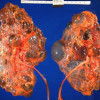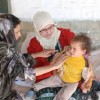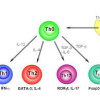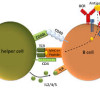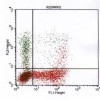Multicenter cohort study to assess the impact of a silver-alloy and hydrogel-coated urinary catheter on symptomatic catheter-associated urinary tract infections
Abstract
PURPOSE: The purpose of this study was to determine the effect of a silver-alloy hydrogel catheter on symptomatic catheter-associated urinary tract infections (CAUTIs).
DESIGN: Multicenter before-after non-randomized cohort study.
SUBJECTS AND SETTING: Seven acute care hospitals ranging in size from 124 to 607 beds participated in this study.… Read more


